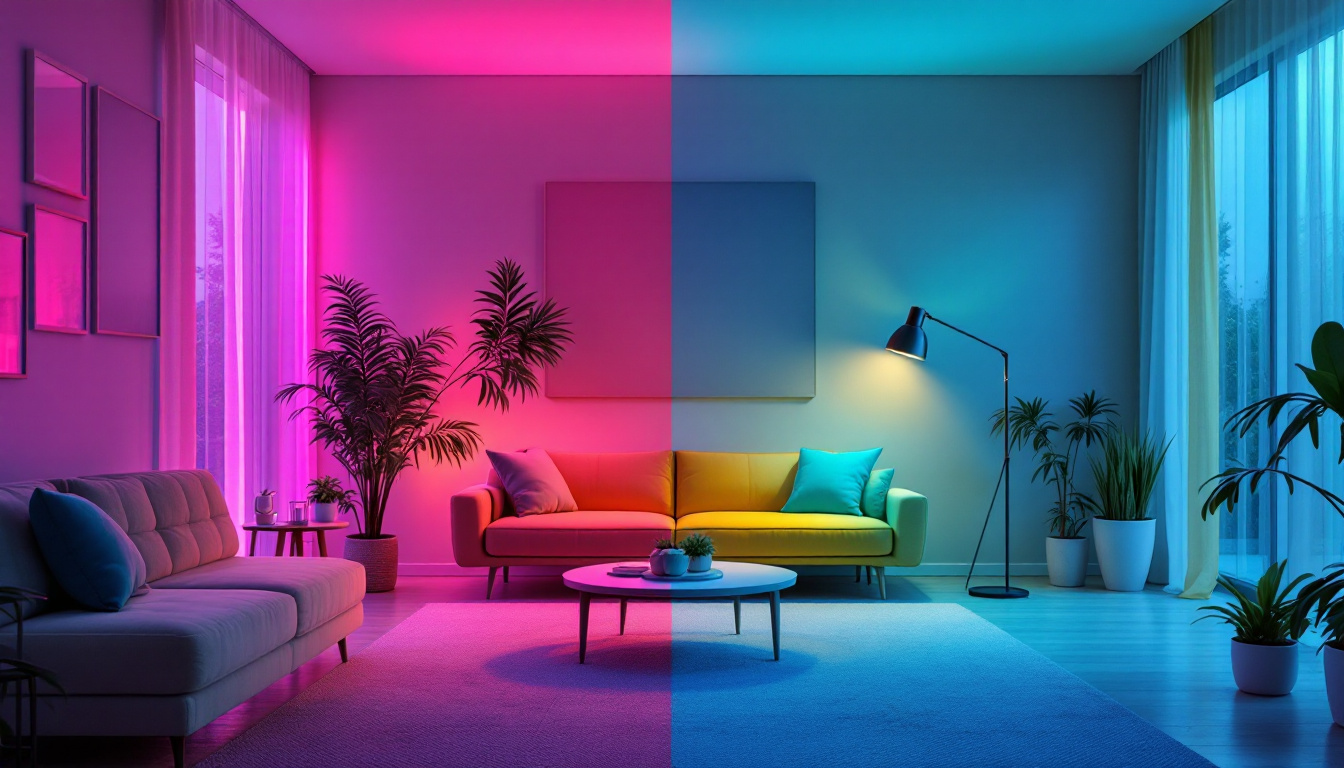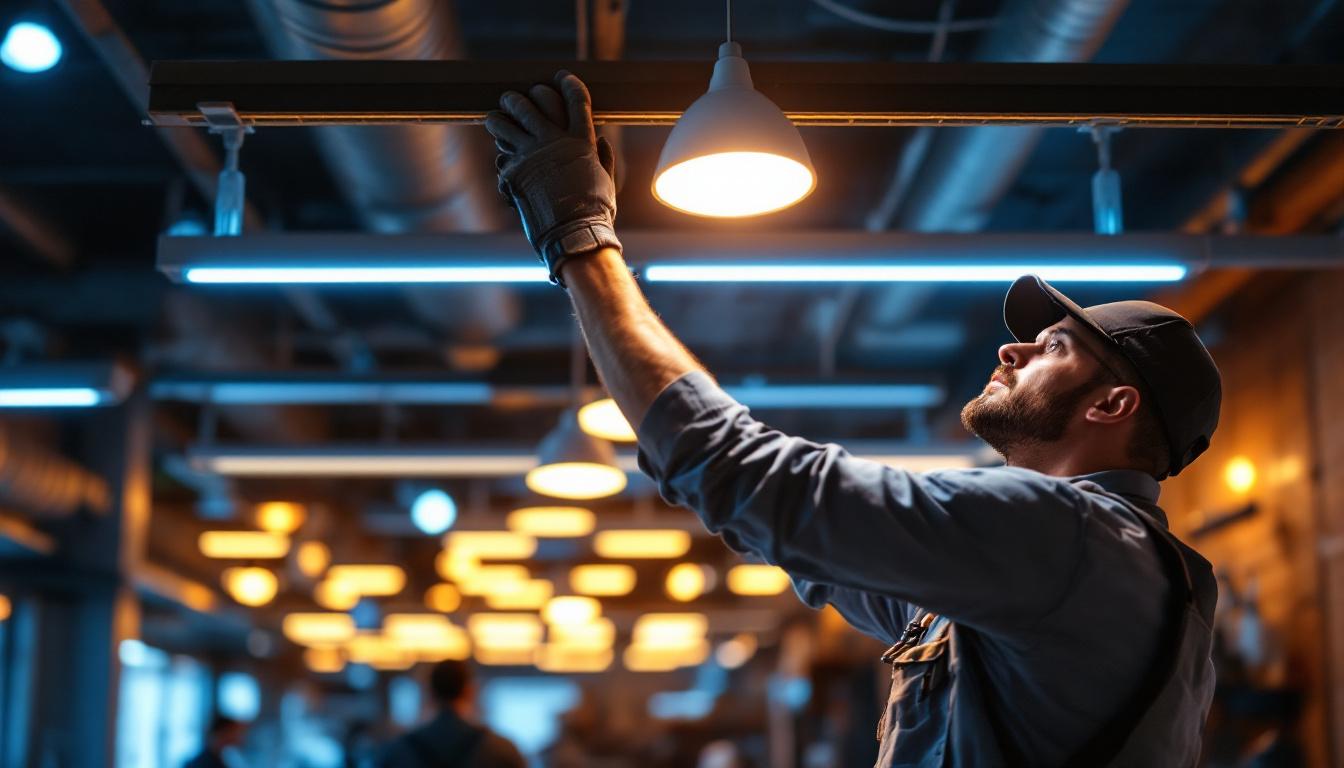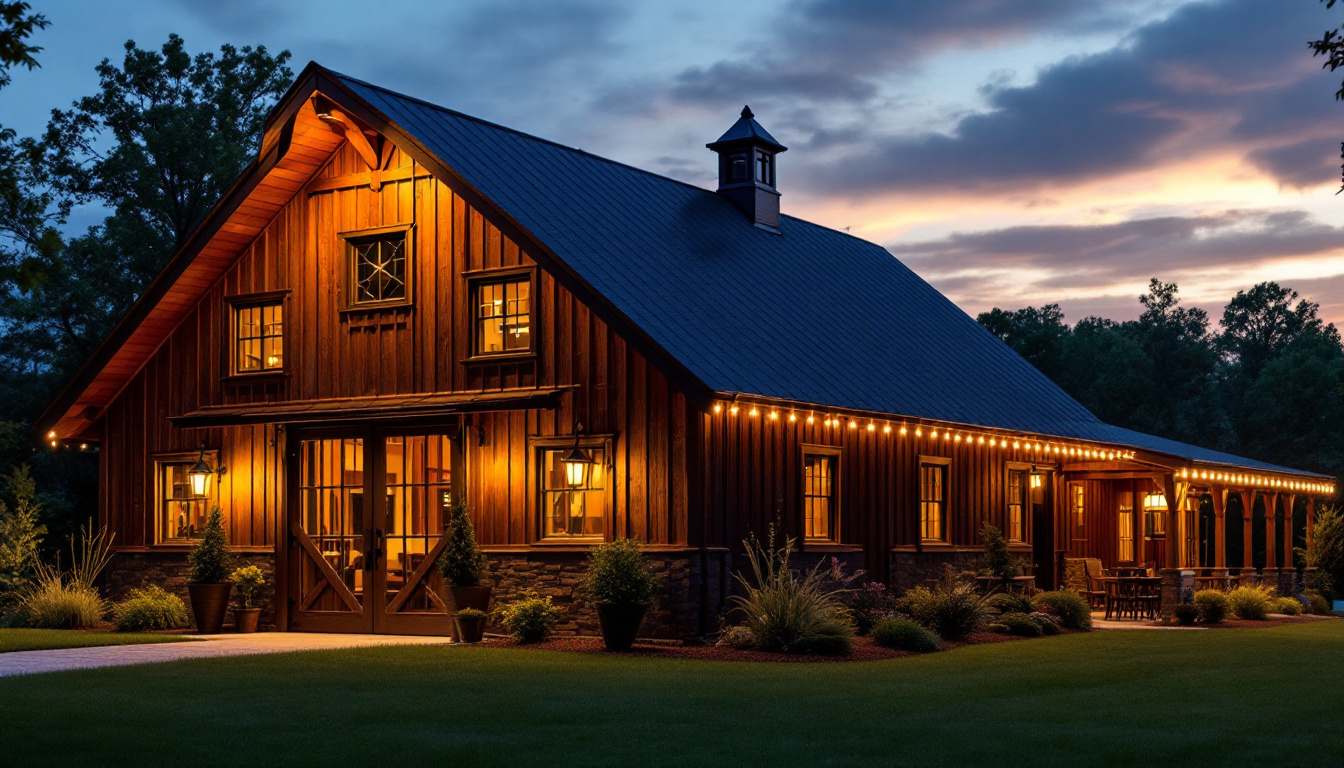
Fluorescent lighting has long been a staple in both residential and commercial settings, offering a blend of efficiency and brightness that is hard to match. Understanding the intricacies of fluorescent light can help lighting contractors optimize installations for maximum efficiency, ultimately leading to cost savings and enhanced performance. This article delves into the science behind fluorescent lighting, its benefits, and practical strategies to maximize its efficiency.
Fluorescent light is produced by passing an electric current through a gas, typically a mixture of argon and mercury vapor. This process excites the gas molecules, causing them to emit ultraviolet (UV) light. The UV light then interacts with a phosphor coating on the inside of the bulb, converting it into visible light. This mechanism is what makes fluorescent lights distinct from traditional incandescent bulbs, which generate light through a filament that heats up. The efficiency of fluorescent lighting not only contributes to lower electricity bills but also reduces the overall carbon footprint, making it a more environmentally friendly choice.
Fluorescent lamps come in various shapes and sizes, including tubular, compact, and circular forms. Their versatility makes them suitable for a wide range of applications, from residential lighting to industrial environments. The efficiency of fluorescent lights is one of their most appealing attributes, as they consume significantly less energy than incandescent bulbs while producing more light output. Additionally, the lifespan of fluorescent bulbs can be up to ten times longer than that of incandescent bulbs, which means less frequent replacements and reduced waste. This longevity makes them a popular choice for both commercial and residential settings, where consistent and reliable lighting is essential.
Understanding the components of fluorescent lighting can help contractors make informed decisions about installation and maintenance. Key components include:
Fluorescent lamps are categorized into several types, each with unique characteristics suited for different applications. Some common types include:
In addition to these standard types, there are also specialty fluorescent lamps designed for specific purposes, such as grow lights for horticulture or black lights for artistic displays. These variations allow for tailored lighting solutions that meet the unique demands of different environments. Furthermore, advancements in technology have led to the development of energy-efficient fluorescent options that offer a range of color temperatures and improved color rendering, making them suitable for both functional and aesthetic applications.
One of the most significant advantages of fluorescent lighting is its energy efficiency. Fluorescent lamps consume about 75% less energy than incandescent bulbs for the same amount of light output. This efficiency translates into lower electricity bills and reduced environmental impact, making fluorescent lighting an attractive option for both residential and commercial applications.
Fluorescent lights also boast a longer lifespan compared to traditional incandescent bulbs. While incandescent bulbs may last around 1,000 hours, fluorescent lamps can last anywhere from 7,000 to 15,000 hours or more, depending on the type and usage conditions. This longevity reduces the frequency of replacements, saving both time and money for contractors and their clients.
Fluorescent lighting is available in various color temperatures, ranging from warm white to cool daylight. This versatility allows contractors to choose the right lighting for different environments, enhancing aesthetics and functionality. Additionally, fluorescent lights can be used in various fixtures, making them suitable for diverse applications, including offices, schools, retail spaces, and warehouses.
The choice of ballast can significantly impact the efficiency and performance of fluorescent lighting. Electronic ballasts, for example, are generally more energy-efficient than magnetic ballasts. They provide a more stable current, reduce flicker, and can even extend the lifespan of the lamp. When selecting a ballast, consider the specific requirements of the lighting application and the type of fluorescent lamp being used.
Proper installation is crucial for maximizing the efficiency of fluorescent lighting. Ensure that fixtures are installed correctly, and that the lamps are seated properly in their sockets. Additionally, maintaining the appropriate distance between fixtures can help achieve uniform light distribution and reduce energy waste. It is also essential to follow manufacturer guidelines regarding installation and operation to ensure optimal performance.
Regular maintenance is key to keeping fluorescent lighting systems running efficiently. This includes cleaning fixtures and lamps to remove dust and debris that can hinder light output. Additionally, contractors should periodically check the ballasts and replace any that show signs of wear or malfunction. Implementing a routine maintenance schedule can help extend the lifespan of fluorescent lighting systems and maintain their efficiency.
Flickering and buzzing are common issues associated with fluorescent lighting, often caused by faulty ballasts or improper installation. To address these problems, contractors should first inspect the ballast and replace it if necessary. Ensuring that the lamp is properly seated in its socket can also help eliminate flickering. If the issue persists, it may be worthwhile to consider upgrading to electronic ballasts, which tend to operate more quietly and smoothly.
The Color Rendering Index (CRI) measures a light source’s ability to accurately render colors compared to natural light. Fluorescent lamps typically have a CRI ranging from 60 to 90, depending on the type and quality of the lamp. For applications where color accuracy is crucial, such as in retail or art galleries, selecting high-CRI fluorescent lamps can enhance the visual appeal of the space. Contractors should be mindful of CRI when recommending fluorescent lighting options to clients.
While fluorescent lighting is more energy-efficient than incandescent options, it does contain small amounts of mercury, which can pose environmental concerns if not disposed of properly. Contractors should educate clients about the importance of proper disposal and recycling of fluorescent lamps. Many local waste management facilities offer recycling programs for fluorescent bulbs, ensuring that hazardous materials are handled safely and responsibly.
The integration of smart technology into lighting systems is becoming increasingly popular, and fluorescent lighting is no exception. Smart ballasts and controls can optimize energy usage by adjusting light levels based on occupancy or natural light availability. This technology not only enhances efficiency but also provides users with greater control over their lighting environments.
While fluorescent lighting remains a viable option, the transition to LED technology is gaining momentum. LEDs offer even greater energy efficiency, longer lifespans, and reduced environmental impact. As LED technology continues to advance, it is essential for contractors to stay informed about the latest developments and consider how they can incorporate LED solutions into their offerings. However, fluorescent lighting will still play a role in many applications, especially where specific light characteristics are desired.
As sustainability becomes a priority for many businesses and consumers, the demand for energy-efficient lighting solutions will continue to grow. Contractors should be prepared to address this trend by offering environmentally friendly lighting options, including energy-efficient fluorescent lamps and systems. Educating clients on the benefits of sustainable lighting practices can help position contractors as leaders in the industry.
Fluorescent lighting remains a valuable option for a wide range of applications, offering energy efficiency, longevity, and versatility. By understanding the science behind fluorescent lighting and implementing strategies for optimization, lighting contractors can enhance their service offerings and provide clients with effective lighting solutions. As the industry continues to evolve, staying informed about emerging trends and technologies will be crucial for maintaining a competitive edge.
In summary, the effective use of fluorescent lighting involves selecting the right components, ensuring proper installation and maintenance, and addressing common challenges. By focusing on these areas, contractors can maximize the efficiency of fluorescent lighting systems and contribute to a more sustainable future in the lighting industry.
Ready to elevate your lighting projects with the efficiency and sustainability of fluorescent lighting? LumenWholesale is here to support you with an extensive selection of spec-grade lighting products at unbeatable wholesale prices. Say goodbye to inflated markups and hello to high-performance lighting that meets the highest industry standards. Plus, enjoy the convenience of free shipping on bulk orders, ensuring you get the best value without any hidden fees. Make the smart choice for your lighting needs and experience wholesale lighting at the best value today.

Discover the key differences between 4000K and 5000K lighting in this essential guide for professionals.

Discover how receptacles can transform the workflow of lighting contractors by enhancing efficiency and safety.

Discover essential strategies and expert advice for lighting contractors to master the art of using 3500K lighting.

Discover how barn outdoor lights can be a game-changer for lighting contractors looking to cut costs and enhance efficiency.